Popular searches
Articles
Series
Topics
Shop
Recipes
Trophy Meals: Wild Game Processing Equipment Every MeatEater Needs
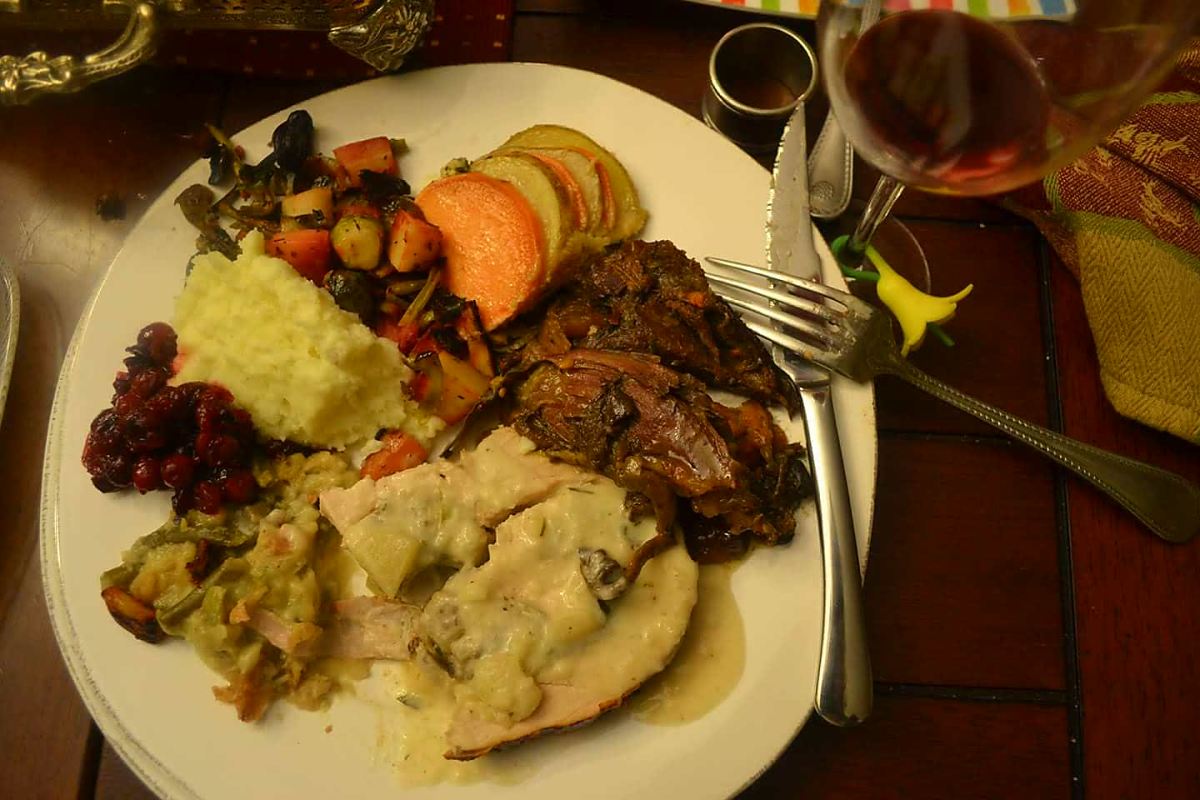
Butchering, processing, and packaging wild game at home is an important part of every MeatEater hunt. It allows us to customize our wild game meals in ways that wouldn’t be possible otherwise. Caring for wild game and fish at home shouldn’t be intimidating for any hunter or angler, but without some basic tools and equipment, it can be a frustrating experience. If you’re going to put in all the time and effort in securing wild meat, then you should be just as dedicated to butchering, processing and packaging it properly.

If you want to turn out high-quality wild game meals, it’s important to get the best equipment you can afford. Spending money on top shelf clothing, boots, rifles, optics, and packs makes a lot of sense if your goal is to fill the freezer. You should have the same attitude about investing in the equipment you’ll need after the hunt is over and it’s time to care for all that meat you worked so hard to get. If you’re worried about throwing down for the processing equipment you’ll need, consider the cost of taking a single big game animal to a butcher. Here in Colorado, getting an elk butchered at a game processor will run you $300-$400 just for basic butchering-the cost goes up for specialty cuts and making sausage and jerky. In the long run, processing wild game at home pays for itself.
We’ve been using
game processing equipment for years and it has always served us well. Here’s what you’ll need:
We’ve talked a lot about what
boning knives of different sizes.
A meat grinder is usually one of the first pieces of equipment every home butcher buys, and for good reason. Without one, it’s impossible to make burger or sausage. You want a meat grinder powerful enough to quickly and efficiently turn the toughest cuts of meat into burger even a two-year-old kid with only a few teeth can enjoy. Otherwise, you’ll spend more time cleaning your cheap grinder when it gets plugged up with tendons and silverskin than you will churning out your favorite sausage recipe. Get a grinder that will plow through piles of meat, one that has medium and coarse grinding plates, and extra attachments for stuffing cased sausages.
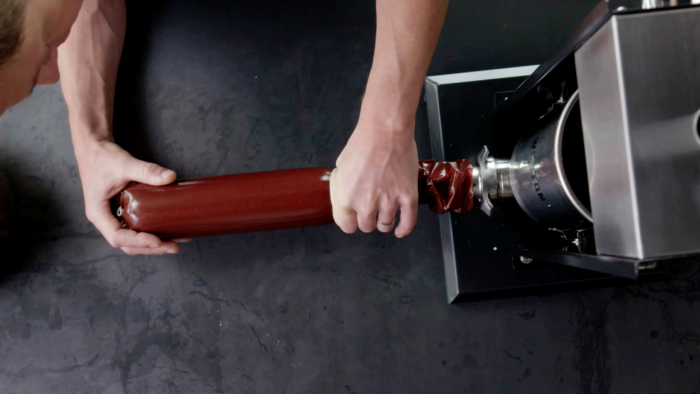
If you’re interested in making cased sausages, a sausage stuffer is a good investment. You can stuff sausages directly from your grinder, but that process can get a little hectic-especially if you are working alone. With several different funnel sizes, you can make everything from breakfast links to fresh Italian sausage to cured summer sausage.
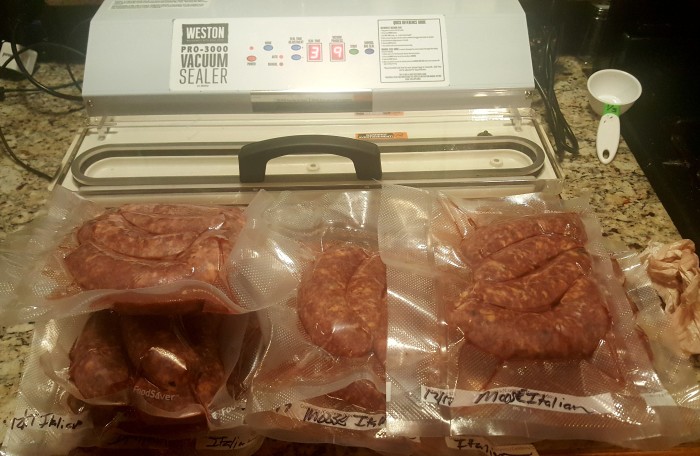
Once your meat has been processed, you’ll want a reliable storage system for freezing fish and game. We use a variety of methods for packaging meat before it’s frozen but we couldn’t get by without a good vacuum sealer. Vacuum sealers can add years to the shelf life of frozen meat. Avoid the temptation to buy a bargain basement vac sealer. They’ll work alright for a little while, but inevitably they’ll lose vacuuming power, seal bags ineffectively, and ultimately result in freezer-burned meat. Use
; the cheap ones will tear and your food will freezer burn. I like using rolls in different widths rather than pre-cut bags since you can customize the size of your bags.
Food dehydrators are an overlooked piece of processing equipment for many hunters and anglers. But they’re a versatile tool for creating meals, hunting snacks like jerky, and other shelf-stable, dried food that can be used months down the line. Remember, you’re not limited to drying meat. Dehydrators are great for preserving garden vegetables, fruits and berries, and wild mushrooms. Bigger is better when it comes to dehydrators. Dehydrated foods shrink a lot, so you can produce more of it, faster, and more efficiently, the more space you have to work with.
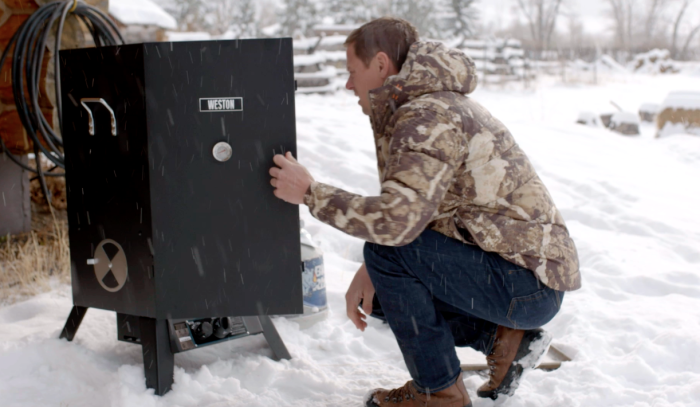
You may think of a smoker as a cooking implement rather than wild game processing equipment and you’d be at least partially correct. But smoking meat is an extension of processing and preservation as much as it is cooking. In any case, if you love eating wild game and fish, eventually you’re going to need a smoker. Like a dehydrator, get a smoker that’s bigger than you think you might need. That way you’ll have the space to smoke large batches of fish or sausage and big pieces of meat or whole turkeys.
Once you have a couple of these things, you’ll wonder how you got by without them. For keeping primal cuts and fish fillets clean as you butcher, grinding large quantities of meat, brining fish and game, or organizing freezer space, meat lugs are an essential piece of equipment for hunters and anglers.
If you’re serious about making sausage, cured preparations like pastrami or jerky, or cooking large cuts of wild game properly, you’ll need to know the precise weight of the meat you’re working with. It’s also nice to be able to label the weight of individual packages of fish or game meat before they’re put in the freezer. It’ll be a big help the next time you make a meal for a large gathering of people.
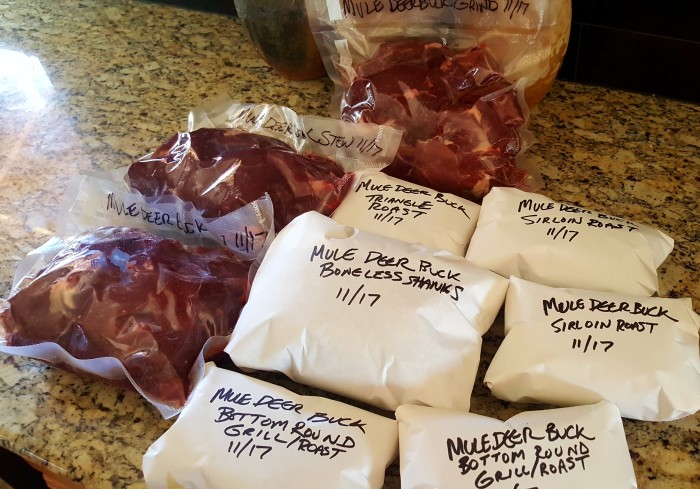
Odds and Ends
A few more pieces of equipment are all you need to take your meat from field to freezer to table. An
is indispensable, especially when dealing with large fish or big game. Vacuum sealers are great for meat storage but you will also want
If you wrap big game roasts and steaks in plastic wrap and freezer paper, this storage system is a durable alternative to vacuum sealing.
are ideal for storing burger or sausage; you can grind directly into them and
.
Brody Henderson is a hunter, writer, fly fishing guide, wilderness production assistant for the MeatEater television show, and MeatEater’s Community Manager
Sign In or Create a Free Account
Access the newest seasons of MeatEater, save content, and join in discussions with the Crew and others in the MeatEater community.




